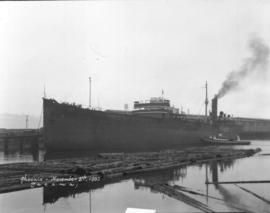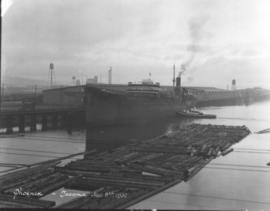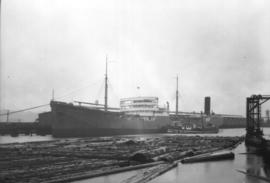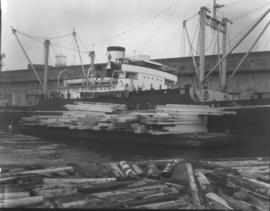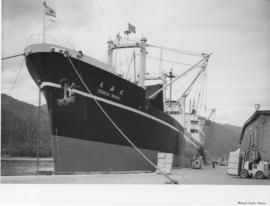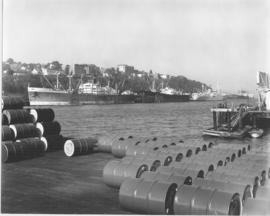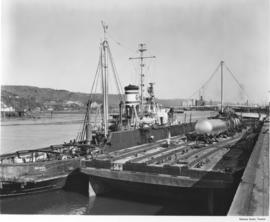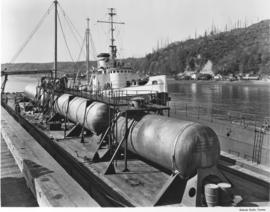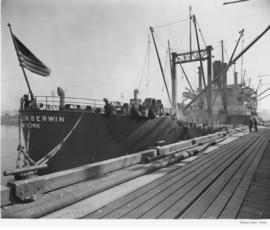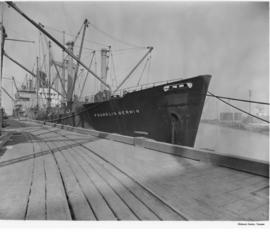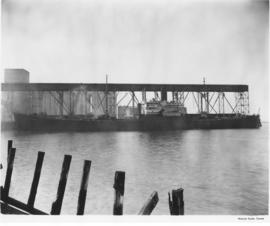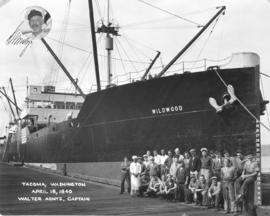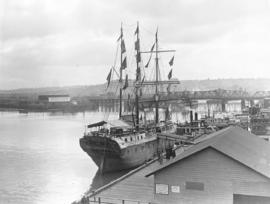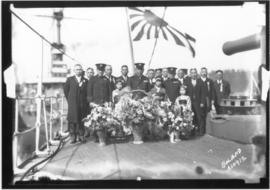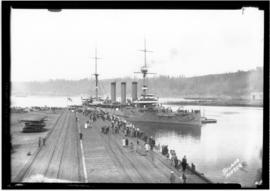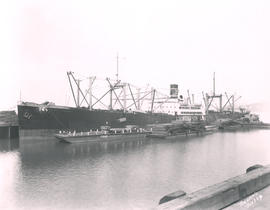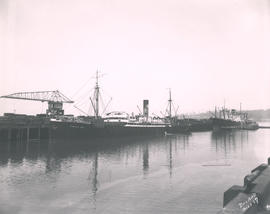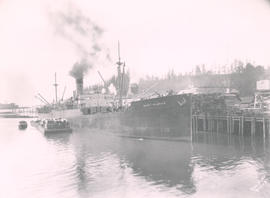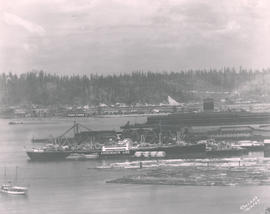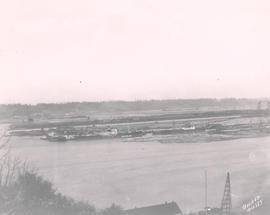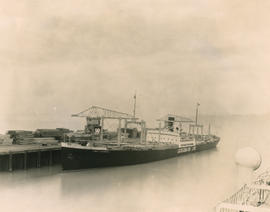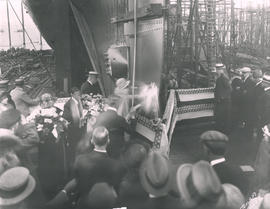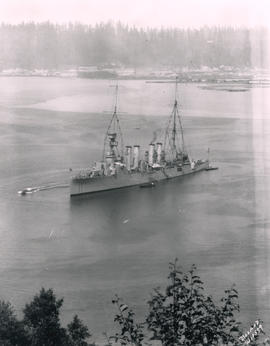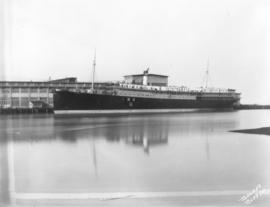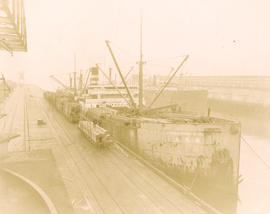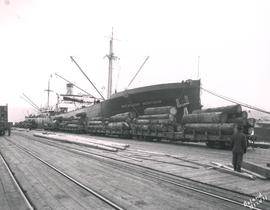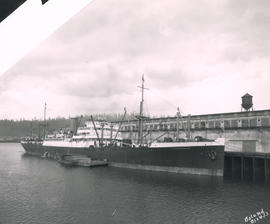ca. 1916. Around 1916, the exhibition prison ship "Success," from Melbourne, Australia, was docked at the Tacoma Municipal Dock Landing and open for tours. Between 1895 and 1942, the ship was seen by millions on three continents. She was also considered a bit of a hoax, since she was exhibited as a convict ship, when in fact she had been used not to transport convicts but as a floating prison. Built in 1840, she was sold to a London company in 1842 and was used to carry emigrants from England to Australia. After being abandoned by her crew in 1852 during the Australian gold rush, she was purchased by the Victorian government to serve as a floating prison. Ordered to be destroyed in 1885, the "Success" escaped this fate, and was purchased by Alexander Phillips who saw her potential as a money making floating museum. She toured Australia, the British Isles (1895-1912) and the U.S. (1912-1943.) After 106 years, she burned to the waterline on Lake Erie on July 4, 1946. (http://home.gci.net; www.nla.gov.au) Ships-071, TPL-1787
Sailing ships--Australia;
